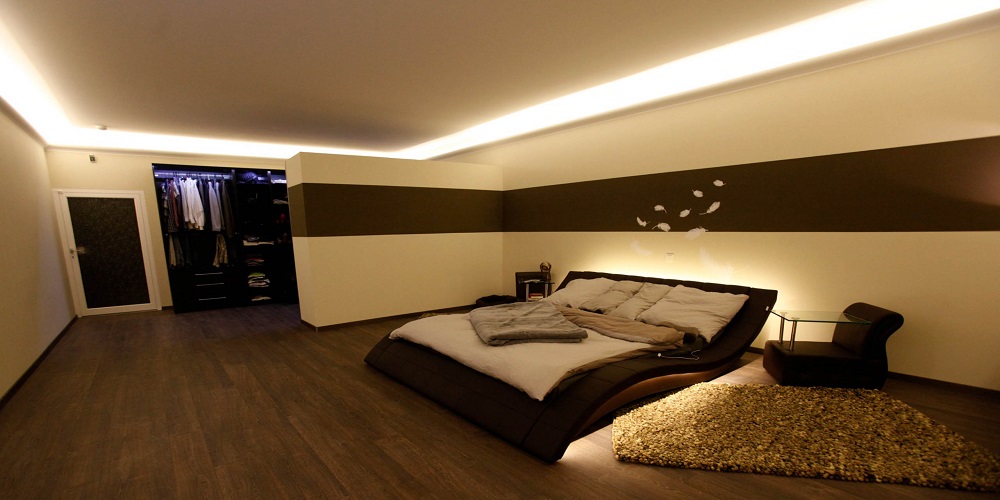For years, incandescent bulbs were the only choice when it came to home lighting. But today, LED lights are taking over. LEDs (or light-emitting diodes) have a number of advantages over traditional bulbs, from energy efficiency and long life spans to their ability to be dimmed or changed in color.
Choosing the right LED lights for your home can be a daunting task, but if you take the time to consider a few key factors, you’ll be sure to make the best decision for your home.
So, let’s take a look at seven things that you should keep in mind when selecting LED lights for your home.
Dimmability
If you’re looking for more control over your lighting setup, then dimmable LEDs may be just what you need. Dimmable LEDs allow you to adjust the amount of light being emitted by turning down or up its brightness level as desired.
This feature makes them especially useful in living rooms and bedrooms where people often like to adjust their lighting levels depending on how much natural light is entering through windows or doors during certain times of the day. Dimmable LEDs are also great for creating mood lighting during special occasions or dinner parties.
Lifespan
The average lifespan of an LED bulb is between 25,000 and 50,000 hours which means that they can last as long as 20 years (depending on how often they are used). Compare this with standard incandescent bulbs which typically last around 1,000 hours before needing replacement! Longer lifespans mean fewer replacements over time which can save both money and resources in the long run.
Durability & Safety
LEDs are generally more durable than other types of lightbulbs because they do not contain any fragile glass parts or filaments that could easily break if dropped or bumped into something else in your home.
Additionally, LEDs produce very little heat which makes them safer than other types of bulbs since there’s no risk of them overheating and causing fires or burns if touched accidentally while still switched on. This makes them ideal for areas where small children might be present such as nurseries or playrooms.
Cost & Availability
One downside of LED lights is that they tend to cost more upfront than other types of bulbs due to their higher manufacturing costs associated with producing them—however, this initial expense pays off quickly due to their extreme longevity and energy efficiency benefits mentioned earlier. Additionally, most retail stores carry a wide variety of LED bulbs now so finding one that meets all your needs shouldn’t be too difficult either.
Compatibility with Lighting Fixtures
Last but certainly not least is making sure whatever bulb you purchase is compatible with existing fixtures in your home.
This includes checking whether an adapter may be needed if attempting to use LEDs with older fixtures designed specifically for use with incandescents and making sure any new fixtures purchased to match up correctly with specific types/sizes/styles of LED bulbs required by the said fixture.
It’s always good practice to double-check compatibility prior to visiting contractors so there are no surprises once everything arrives at home ready to install.
Final Words
When shopping around for LED lights it’s important to keep these factors in mind before making a purchase decision – as doing so will ensure whatever option chosen works best within budget constraints while also meeting needs regarding style/functionality/etc desired from a particular space within the home environment itself.


